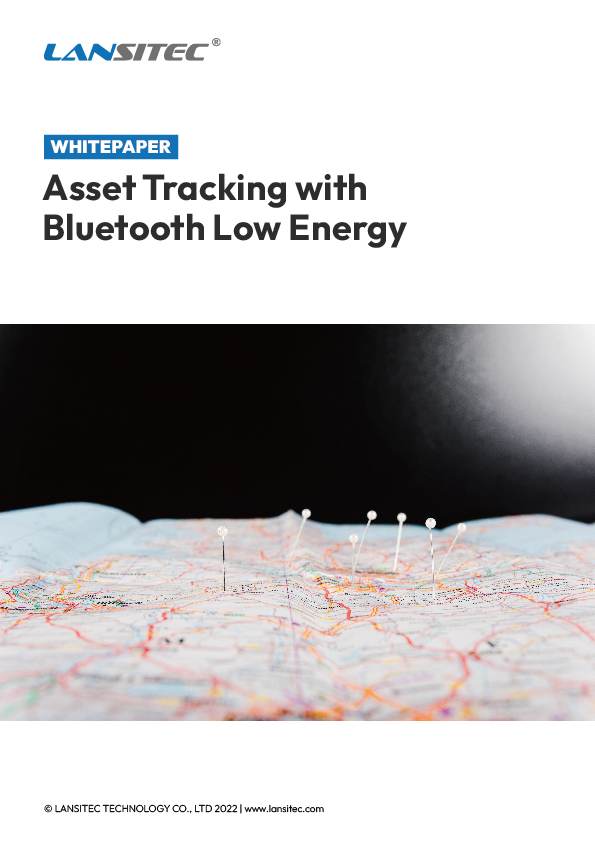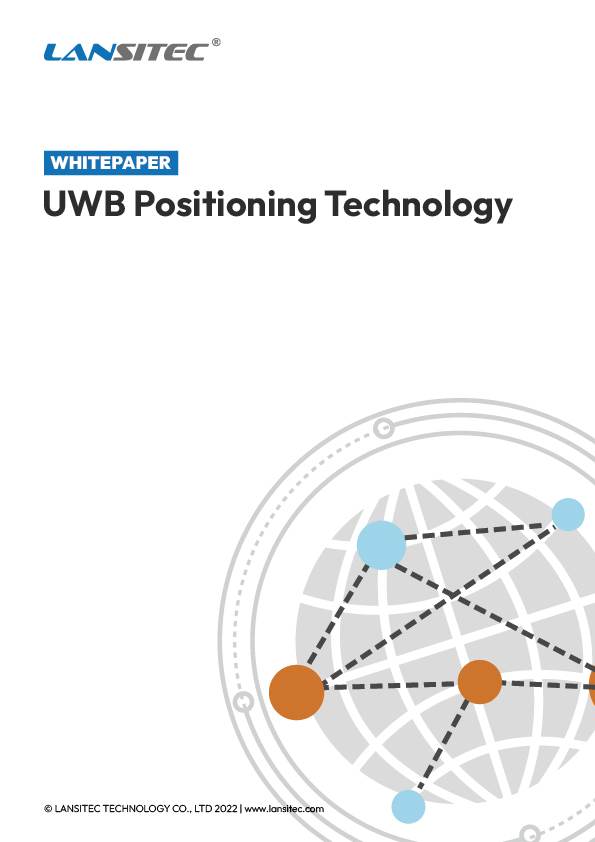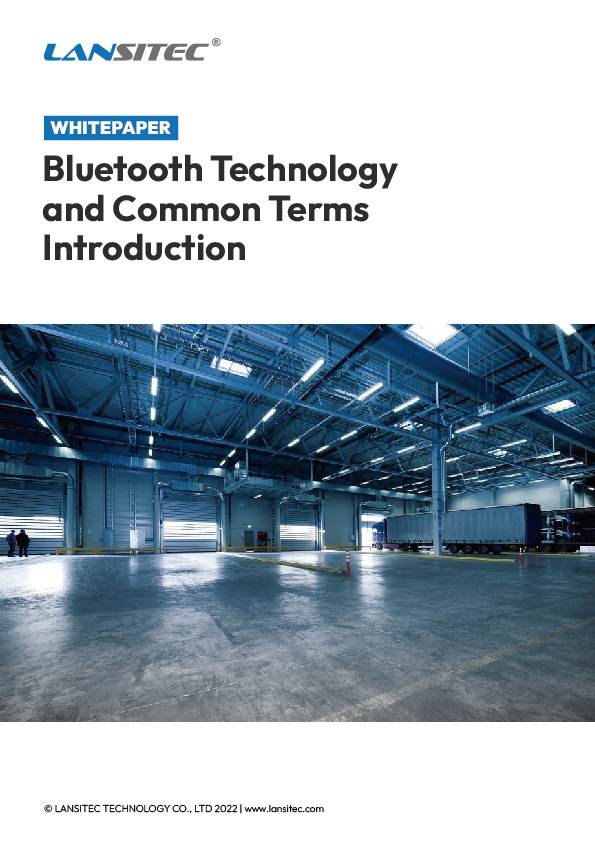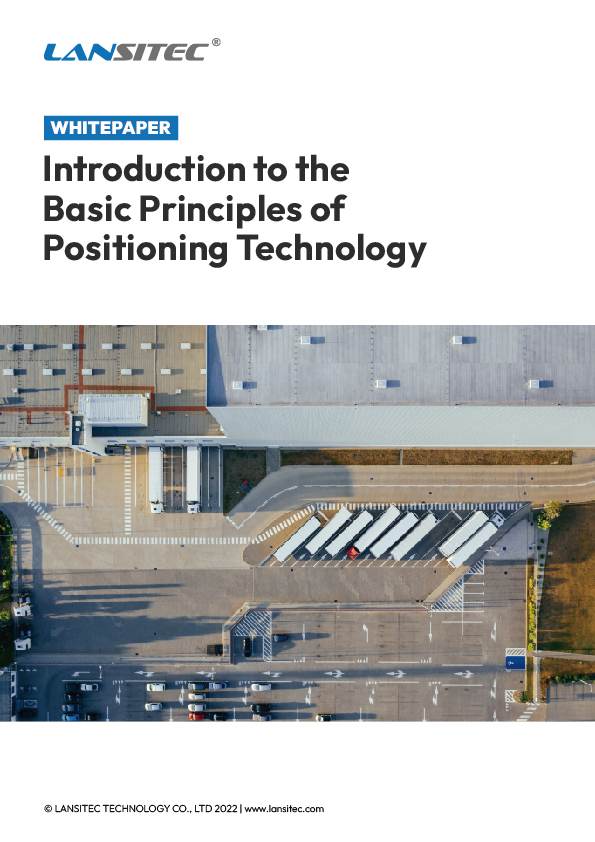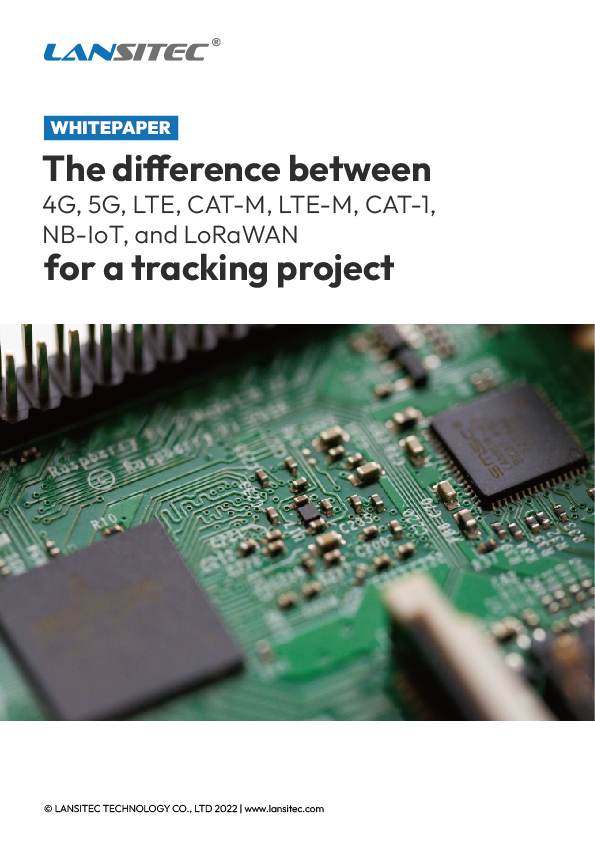Why LoRaWAN Struggles Indoors—Hybrid BLE Solutions Explained
LoRaWAN has carved out a clear identity in the IoT world. It’s long-range. It’s low power. It’s unlicensed and SIM-free. It’s the go-to for smart agriculture, utility metering, and remote infrastructure monitoring. But for all its outdoor prowess, LoRaWAN has traditionally stumbled indoors.
You can deploy a gateway to cover a factory yard, but what about the equipment room in the basement? Or the third-floor nurse station? You can track a cow in a pasture, but can you locate a vital tool inside a hospital closet?
That’s where Bluetooth steps in. The overlooked sidekick is proving essential to fill the gaps LoRaWAN can’t.
Why LoRaWAN Is the Best Choice for Long-Range, Low-Power IoT Tracking
The Rise of BLE: Indoor Positioning Anchor for Industrial IoT
For years, Bluetooth was dismissed in industrial IoT. It was seen as consumer-grade, short-range, and chatty. But that view’s increasingly outdated. BLE (Bluetooth Low Energy) has grown since it’s introduction. Meanwhile, indoor tracking has surged. And as companies began combining BLE for local discovery with LoRaWAN for global delivery, a powerful hybrid model emerged.
At Lansitec, we’ve seen this shift firsthand. A hospital in Southeast Asia wanted to track portable X-ray machines across multiple floors. Wi-Fi was already congested. Cellular would have been costly and required coverage checks in every hallway. Our solution? BLE beacons on the machines and compact Bluetooth gateways transmitting data over LoRaWAN. No new wires. No SIMs. Just plug, scan, and send.
This kind of hybrid solution is increasingly popular in various settings such as smart buildings, mobile health deployments, logistics centers and more. Why? Because Bluetooth and LoRaWAN bring different strengths to the table. When used together, they cover more ground, both physically and architecturally.
How Hybrid BLE-LoRaWAN Systems Power Real-Time Indoor Asset Tracking
The magic of BLE-to-LoRaWAN systems lies in their layered architecture. BLE tags continuously broadcast short packets: location IDs, sensor data, or even proximity alerts. A nearby gateway—like Lansitec’s Indoor or Micro Bluetooth Gateway—picks up those packets and aggregates them. Instead of flooding the network, the gateway filters and compresses the data, then transmits it periodically over LoRaWAN.
This model doesn’t just reduce power consumption; it also decouples sensing from transmission. BLE beacons stay lean, sometimes running 5+ years on coin cells. Gateways do the heavy lifting and connect to LoRaWAN only as needed. That means fewer devices on the network, fewer configuration points, and greater deployment flexibility.
Take the case of a logistics center in Eastern Europe. BLE tags were deployed across trolleys and crates. Rather than fit every tag with a SIM or push Wi-Fi across the entire warehouse, the deployer figured out that a handful of BLE gateways with LoRaWAN uplinks covered the facility. The result? Minimal cabling, no recurring cellular fees, and zero disruption to the IT backbone.
Top Use Cases for BLE-LoRaWAN: Construction, Healthcare & Logistics
Let’s walk through a few scenarios where BLE-to-LoRaWAN setups shine.
Construction sites, for example, benefit immensely. Workers wear helmet sensors that double as BLE beacons. A gateway mounted somewhere (a good spot no doubt) on the site receives those signals and pushes them via LoRaWAN to the cloud. The system helps with attendance tracking, geo-fencing, equipment whereabouts, and even emergency roll calls.
In mobile clinics and pop-up vaccination centers, places that are often first responders to a disaster, traditional infrastructure is often inexistent. BLE badges paired with solar-powered LoRaWAN gateways let field staff track personnel and assets without needing mains power or cell towers. Minimal technical knowledge is required. These systems are fast to deploy and even faster to decommission.
Industrial environments like mines or chemical storage sites add another layer of complexity as they need intrinsically safe equipment. BLE tags can be deployed inside hazardous zones while LoRaWAN gateways sit safely outside, gathering data without crossing safety boundaries.
And in indoor logistics, BLE trackers attached to pallets or carts seamlessly report movements through various floors and signal zones. Because BLE doesn’t depend on clear line-of-sight like GPS, it performs reliably even in metal-rich environments where other systems falter.
BLE-LoRaWAN Architecture: Layered Tracking System Explained
Here’s what a typical BLE-to-LoRaWAN setup might look like:
You have BLE tags—say Lansitec’s i3 Tag—affixed to equipment or ID badges. These tags send out packets every few seconds. A Lansitec Indoor Gateway, strategically placed in a hallway or central office, captures these signals. Every five minutes, the gateway packages the data, compresses it, and sends it to the LoRaWAN network server.
From there, it’s all cloud processing. You can visualize movements, set up alerts, even run analytics on usage patterns. All this without ever touching the facility’s Wi-Fi or pulling a single Ethernet cable.
This kind of deployment has been tested in real-world conditions: hospital basements, underground tunnels, disaster zones. And it holds up.
Key Benefits: Power Efficiency, Cost Savings & Flexible Indoor-Outdoor IoT Tracking
First, power efficiency. BLE beacons are extremely frugal. Their job is to shout short, simple messages. That means fewer battery swaps and less maintenance.
Second, cost. You avoid cellular subscriptions, reduce the number of devices needing configuration, and cut down on wiring.
Third, adaptability. You can use BLE indoors where GPS fails and LoRaWAN where Wi-Fi can’t reach. It’s not just a fallback—it’s a full-stack strategy.
And fourth, IT independence. BLE-to-LoRaWAN systems can run on parallel infrastructure, perfect for settings where the core network must remain untouched—think hospitals, government buildings, and temporary deployments.
BLE and LoRaWAN Synergy: Future-Proofing Your Indoor & Outdoor IoT Deployments
LoRaWAN isn’t going anywhere. It remains the backbone for wide-area, low-power IoT. But to unlock its full potential in hybrid, indoor-outdoor deployments, we need to rethink Bluetooth.
BLE brings context. LoRaWAN brings reach. Together, they create systems that are more accurate and flexible. Perfect for the everchanging tracking needs.
So if you’re designing a system for your tracking needs, being it in a warehouse, school, clinic, or construction site, don’t overlook the role Bluetooth can play. Sometimes, the best IoT solutions aren’t about choosing the one perfect protocol. They’re about combining the right ones.

